Baby development milestones: Find out when babies crawl, smile and more
Baby development milestones - from crawling, teething and smiling and more
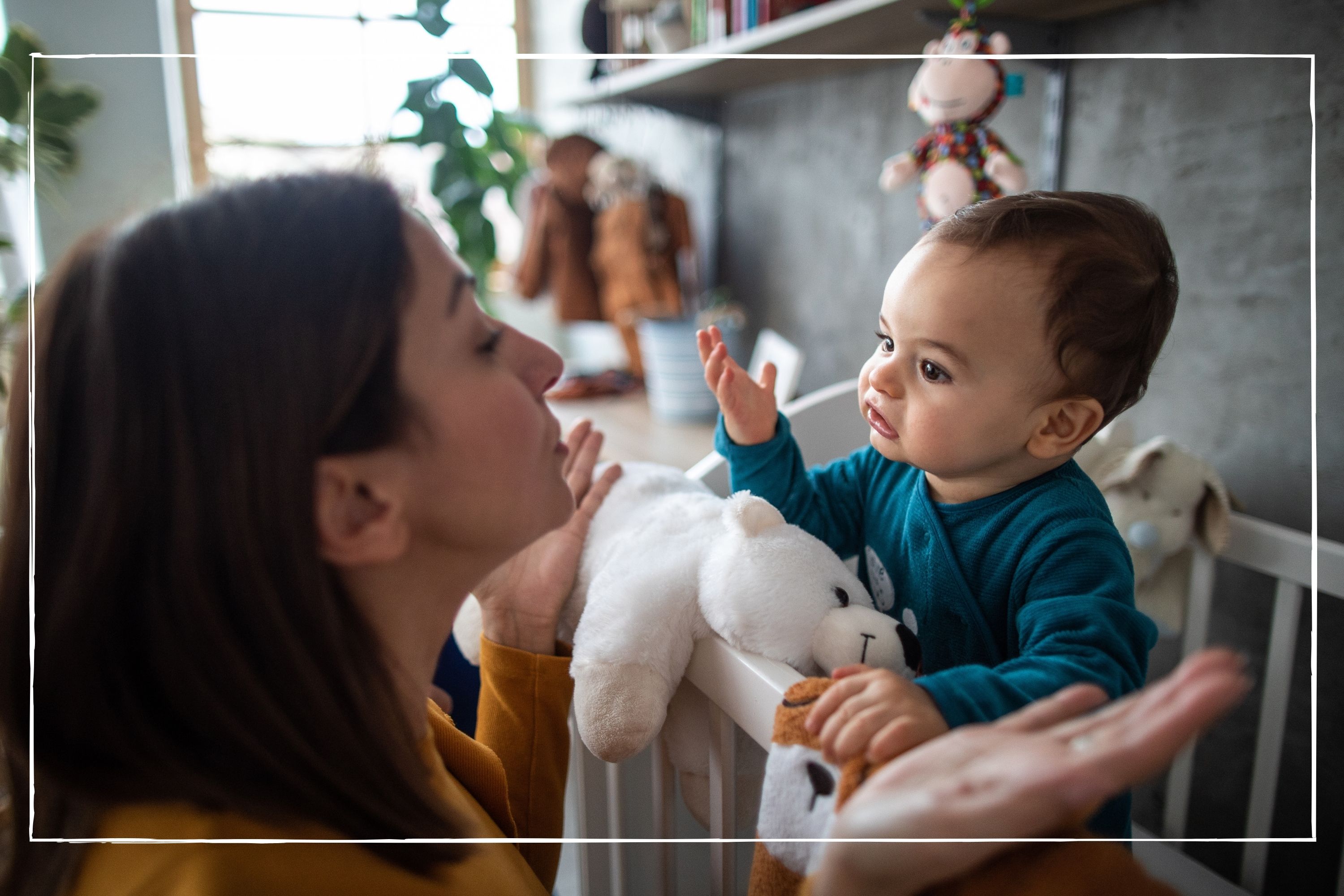
Baby development milestones and stages come thick and fast in their first two years, here's what to expect.
From stay-still newborn to always-moving toddler. The baby developmental stages are basically a timeline of every milestone your baby will hit in the first year of their life. Like when do babies smile, or when do babies start rolling over? Every baby is different, and it's true that every child development looks different for every child but as a general rule the timing is usually the same, give or take a month or two.
New parents tend to find themselves asking ‘when will my baby smile?’ when will my baby sit up?’, or 'when will my baby crawl?' So we have all the answers for you here...
Baby development milestones
Baby development milestones, like learning to sleep through the night, come thick and fast in the first two years and carry on right up to age 5. There are three stages of baby development milestones;
- Newborn - During the first month of life, newborns exhibit automatic responses to external stimuli Such as turning their head toward your hand if you stroke their cheek. Or clasp your finger when you place it in their hand. A newborn is able to see close-up objects and recognise certain smells. They also cry to indicate a need.
- Infant - Infants develop quickly in the first year of life. At three to six months they can control their head movements and bring their hands together. By six to nine months old they can sit without support, babble and respond to their name. Between nine and twelve months old, they can pick up objects, crawl, and maybe stand with support.
- Toddler - The ages between one and three years, they learn to walk without help, climb stairs and jump in one place. They can hold a crayon, stack one block on top of another, and follow simple instructions.
When do babies smile?
It can be hard in the first few weeks when you feel like you’re giving and giving – every single feed, change, bath time – and you’re getting nothing back from your baby. Not even a smile.
Well, worry not, by the time baby is between one and a half to three months old you should see a cute baby smile on those little rosebud lips. Before this age you may think you are getting a smile, but did you know that all newborns are born with what’s known as a ‘reflex smile’?
According to doctors, this smile is similar to the jerky arm and leg movements your baby's body experiences as it goes through the equipment-testing process. Soon enough, though, your little one will flash their first real smile, on purpose.
GoodtoKnow Newsletter
Parenting advice, hot topics, best buys and family finance tips delivered straight to your inbox.
Telling the difference between a reflex and a real smile is all about timing and duration. As a rule, a reflex smile tends to be shorter and occurs randomly, when the baby is sleeping or tired.
But a real smile, on the other hand, occurs in response to something, like seeing your face or hearing a familiar voice. If your little one hasn’t smiled yet, don’t worry. Try talking to your baby more often, making eye contact, blowing raspberries, and smiling throughout the day.
Though babies are developing their ability to regulate their emotions and may look away if they are feeling too over stimulated – don’t take it personally. Just give them a break and try again later.
When do babies crawl?
Your baby may start learning to crawl between six and nine months old.
Babies tend to learn to crawl after extensive time on their tummy. This ‘tummy time’ is important for baby as it strengthens core muscles needed to become mobile.
Though, not all babies like 'tummy time', so to fit it into the day simple flip baby over onto their tummy after changing their nappy.
The National Childbirth Trust (NCT) advises that, initially, tummy time only has to be for a short period, ie 5-10 seconds. It's best for baby if you slowly build it up by 5-10 seconds each time you do it.
NCT also suggest only doing tummy time if baby isn't hungry, tired or too full. Also, put a stop tummy time if your baby becomes distressed and shows signs they're not enjoying it.
Never leave your baby alone during tummy time, and it helps to put a toy in their eye line or in reach for them to focus on.
At around six months old you’ll notice that baby will lie on their tummy and lift head and chest up, using arms for support.
By the time your baby hits the year milestone they’re likely to be crawling well and exploring surroundings at will.
It’s worth remembering that some babies never crawl. They miss this milestone out all together, and go from bum shuffling to walking instead.
When do babies start teething?
You can expect your little one to start showing signs of gnashers around four to six months old - it's one of the most painful of the baby developmental stages. Though it could be earlier or later – some babies won’t have any toothy pegs until 12 months old.
Not all babies show signs, but usually the first red teething flags are that your baby may be teething is excessive drool and continued chewing on their fists/rattle/muslin//you – basically whatever they can get in their mouth at the time.
According to the NHS here may also be a chin rash, sleep problems, low grade fever and generally more fretful than usual – though if you are concerned at all, always see your GP.
Typically, the first two teeth are the bottom centre incisors. Followed by the top two middle teeth.
Your baby should have their full set of baby teeth - that’s 20 – by the time they are three years old.
What will my baby look like?
As good as the scans are – there really is no way to know for sure - but genetics from both parents have a lot to do with it.
'He’s the spitting image of his father' is usually one of the first things said about a newborn baby.
According to parenting folklore - though it was scientifically backed in a 1955 study by Nicholas Christenfeld and Emily Hill who said that newborns often resemble their fathers - it's nature's way of showing a biological connection.
Eye colour
Just because both parents have the same colour eyes that doesn’t always mean the child will have the same.
Two brown-eyed parents can have a blue-eyed baby. And, while less common, two blue-eyed parents could get a brown-eyed baby.
Eye colour is not as simple as ‘dominant’ genes, it’s determined by many genes. Traditionally dominant genes were thought to made the end product and recessive ones did not. Now gene experts know that sometimes they both do.
Dimples
While considered very cute, dimples are also a dominant trait. If only one parent has the feature it could possibly pass on to baby. Similarly, your child may inherit your or your partner's freckles, cleft chin, cowlick, widow's peak, rolling tongue, etc.
Height
Generally, the rule of thumb is to take the parents' average height and then add two inches for a boy and subtract two inches for a girl.
Height is a polygenic trait—no one gene acts alone—plus, nurture factors such as poor nutrition could prevent a child from reaching their potential height.
When do babies sit up
The art of sitting up is through mastering head control. From about four months onwards your baby developmental timeline will see neck and head muscles developing and strengthening at a rapid rate.
According to the experts at Bounty, most babies can sit without cushion props somewhere between five and seven months.
By eight months old a baby can sit for several minutes with no support and by nine months almost all babies can do this pretty well.
Keep in mind that with premature babies this milestone may well be reached at a later date than their baby peers.
When can babies see?
Interestingly in early baby developmental stages newborn babies aren’t born knowing how to see – the visual part of their brain has to work at it, their vision is less 20/20, more 20/400.
For a newborn it’s a perfectly blurry world for the first few months. Which is just as well as a newborn can only hold gaze for a few seconds at a time.
In the first week after birth and up to 3 months, babies can focus only on objects and people that are close up. The distance is no more than 12 inches from their face. That’s usually about the space between baby and the person feeding.
Around 3 weeks of age, baby can begin to hold her gaze slightly longer, averaging about 10 seconds instead of just a few.
Don’t be alarmed, though, if your newborn’s eyes appear to cross or wander. It’s common for baby’s eyes to cross during the first eight weeks, and wander up until baby is 4 months of age.
When do babies laugh?
There’s something about the sound of a baby’s laugh that makes your insides go all gooey and your voice goes all high-pitched and excitable.
On the scale of baby development they tend to let out their first little chuckle around the ages of three or four months old. But all babies’ are different and develop at different times.
Though, if your little one is cooing and gurgling, it may be soon. Those early noises are baby’s way of experimenting with their voice and sounds and learning how to move their mouth and tongue.
Similar to smiling, there is such a thing as reflexive laughing, where very young babies will laugh from nowhere. But a real life is in response to something, such as a tickle or funny sounds.
When do babies talk?
It will be during the first two years of the baby developmental stages when your baby will learn to talk.
But, as the specialists at Great Ormond Street explain, before they utter their first word baby is learning language all the time. At first baby begins with noises, using the tongue, lips and palate as well as any toothy pegs to make sounds against.
Soon these sounds and light hearted babbles make up short words. By about 10 months a mama or dada may slip out – though this could also be as early as six months.
When your baby babbles make sure to encourage this by reading and singing with baby.
Related articles:
Video of the week:
Stephanie has been a journalist since 2008, she is a true dynamo in the world of women's lifestyle and family content. From child development and psychology to delicious recipes, interior inspiration, and fun-packed kids' activities, she covers it all with flair. Whether it's the emotional journey of matrescence, the mental juggling act of being the default parent, or breaking the cycle of parenting patterns, Stephanie knows it inside out backed by her studies in child psychology. Stephanie lives in Kent with her husband and son, Ted. Just keeping on top of school emails/fundraisers/non-uniform days/packed lunches is her second full-time job.
-
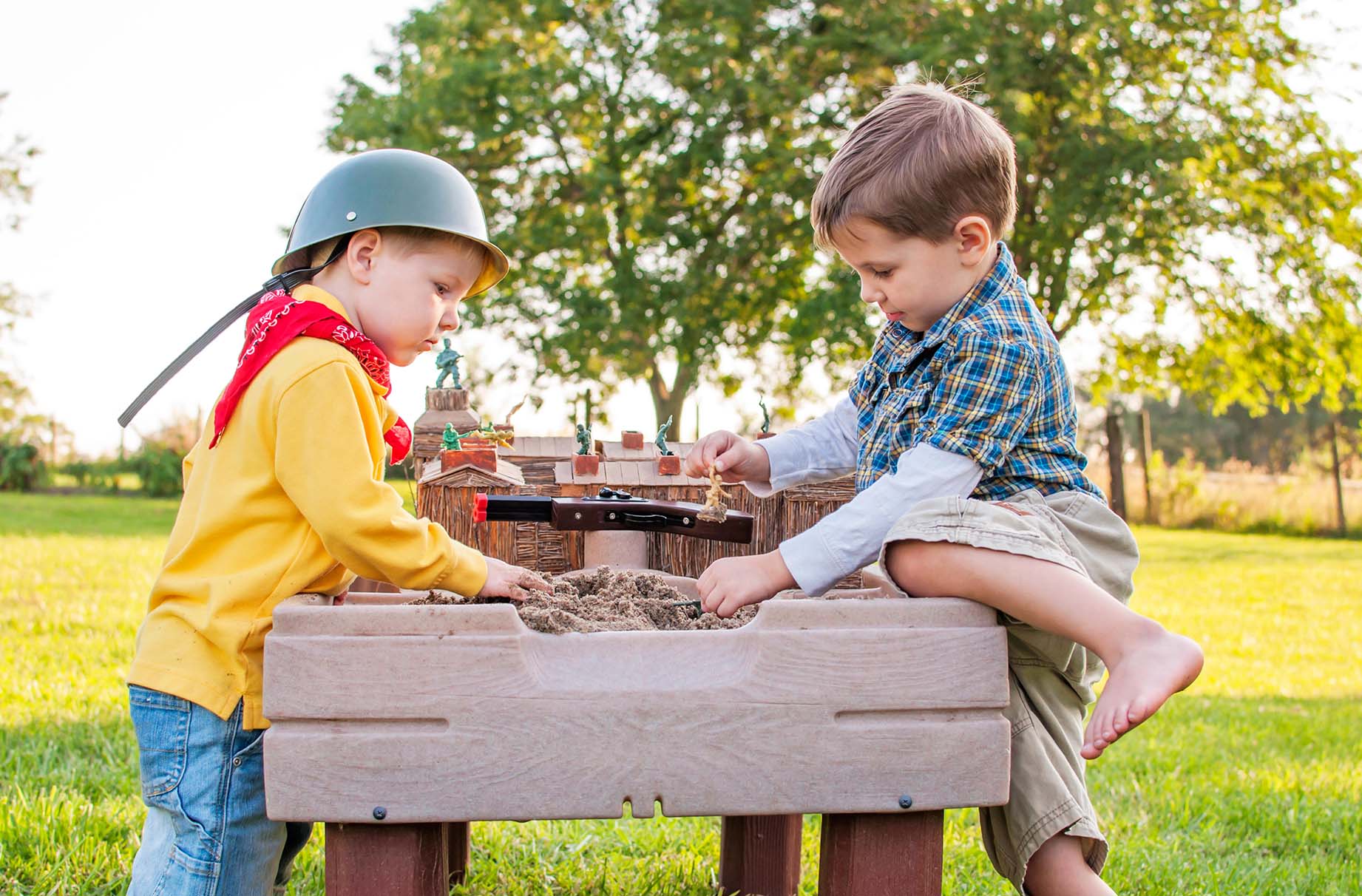 Child development stages: Ages 1-5 the early years
Child development stages: Ages 1-5 the early yearsChild development stages: Ages 1-5 is a tricky time, here we look at everything from walking and talking to starting school...
By GoodtoKnow
-
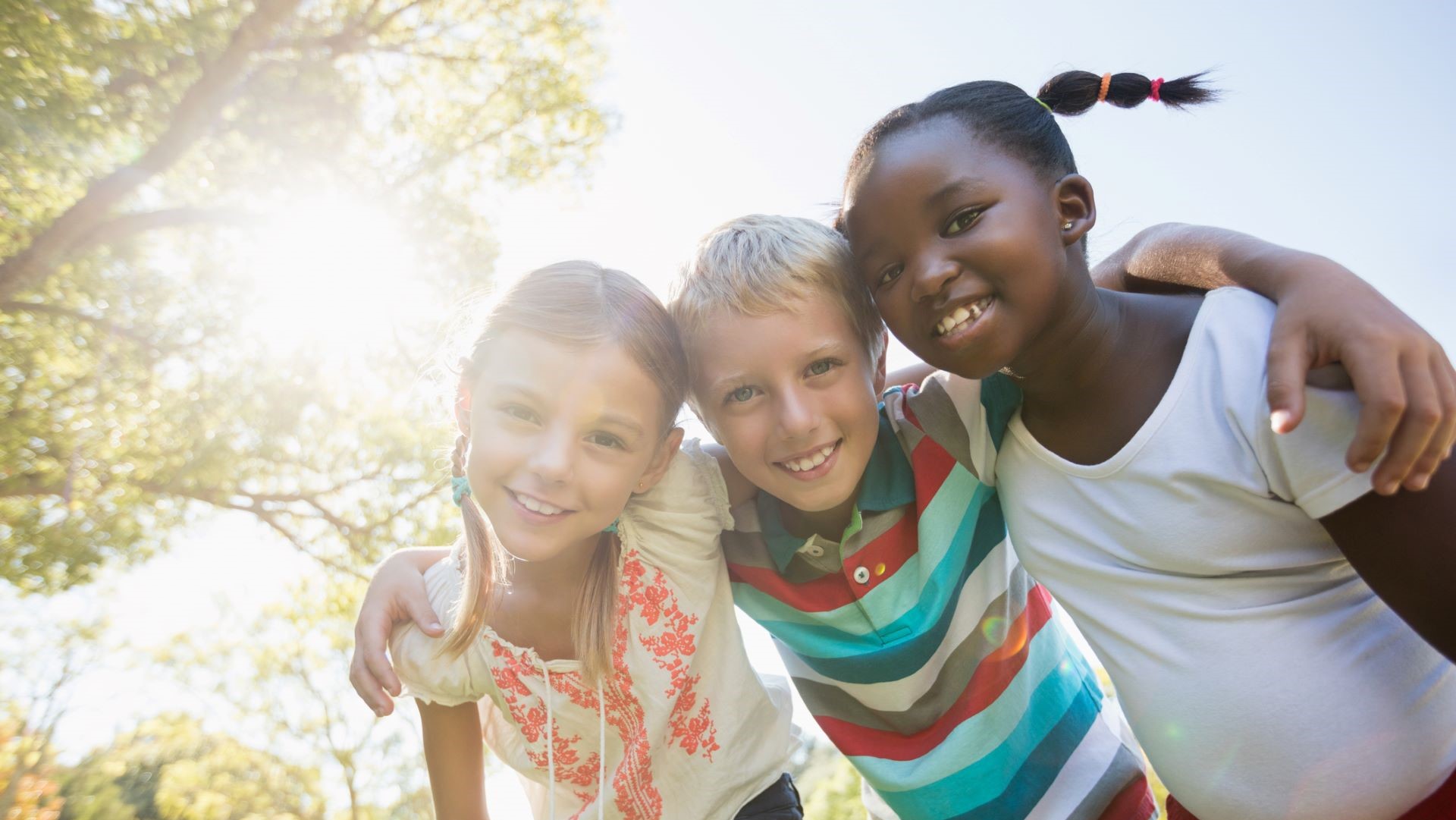 Child development stages: Ages 6-12 the mid years
Child development stages: Ages 6-12 the mid yearsYou've probably read up on child development stages during your child's early years, but what about when they start growing up?
By Joanne Lewsley
-
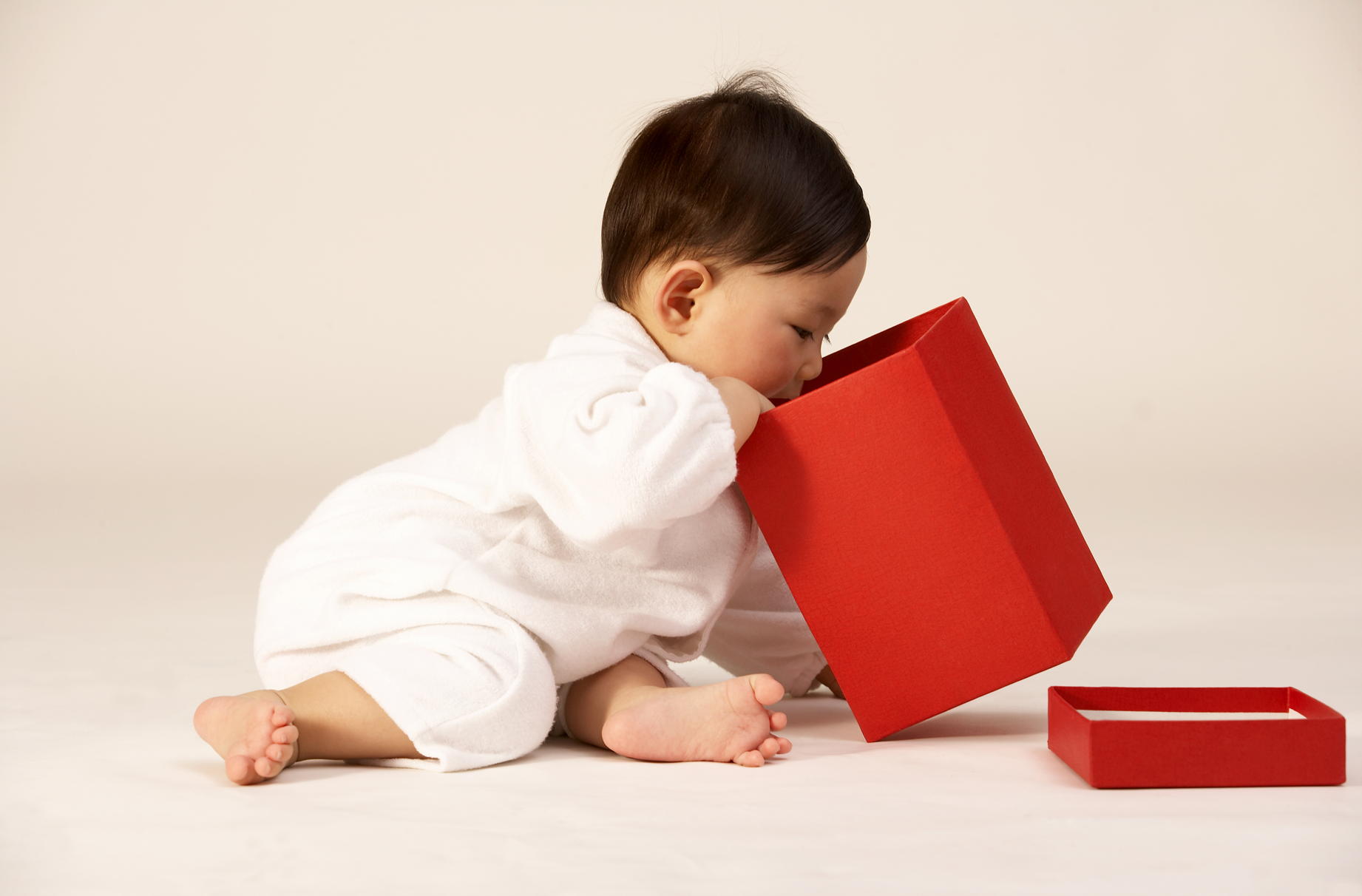 Does your baby love putting things in boxes and tipping them out? Here's why it's a good sign
Does your baby love putting things in boxes and tipping them out? Here's why it's a good signBy Anna Matheson
-
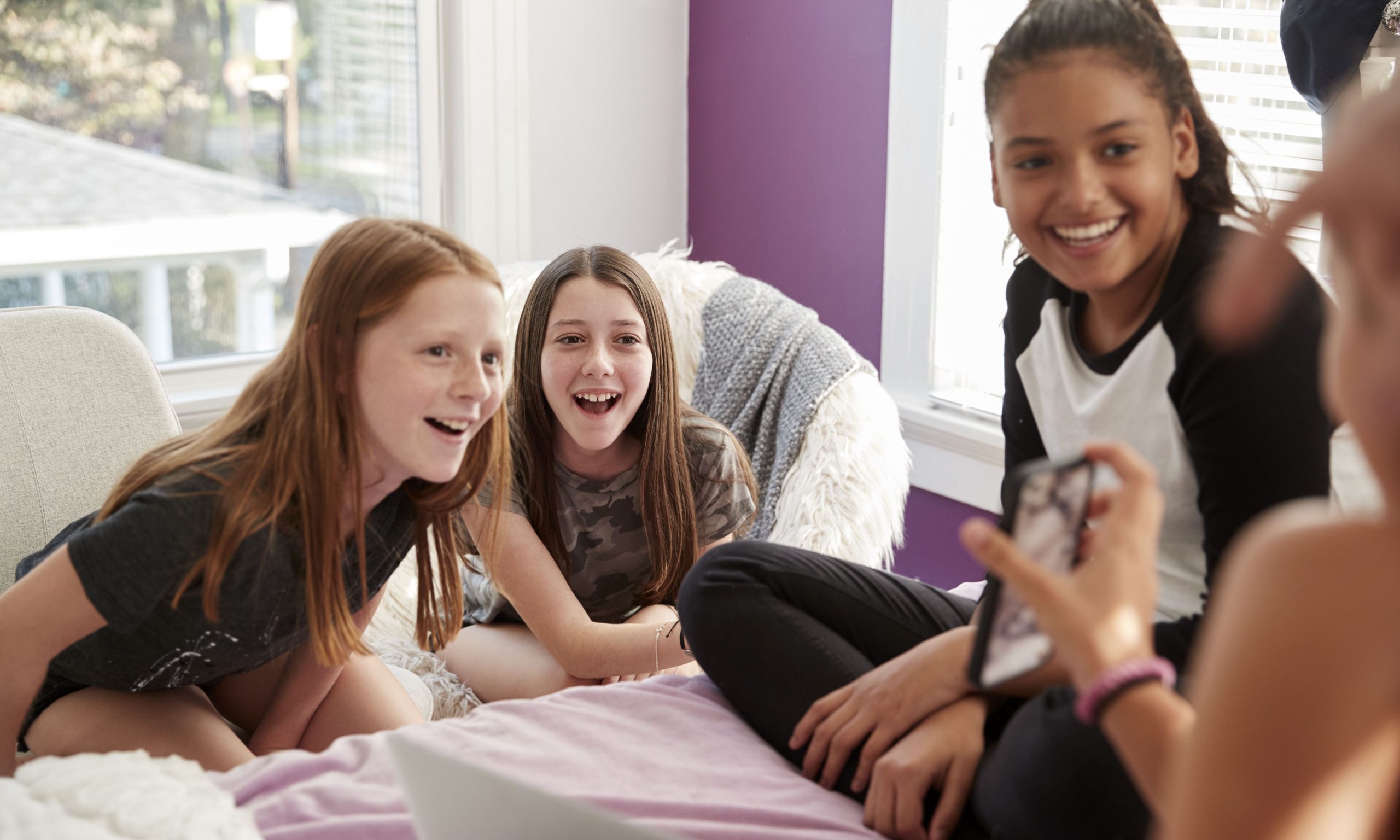 Child development stages: Ages 13-16 the late years
Child development stages: Ages 13-16 the late yearsNeed help navigating the tricky teenage years? These childhood development stages for children aged 13-16 will help
By GoodtoKnow
-
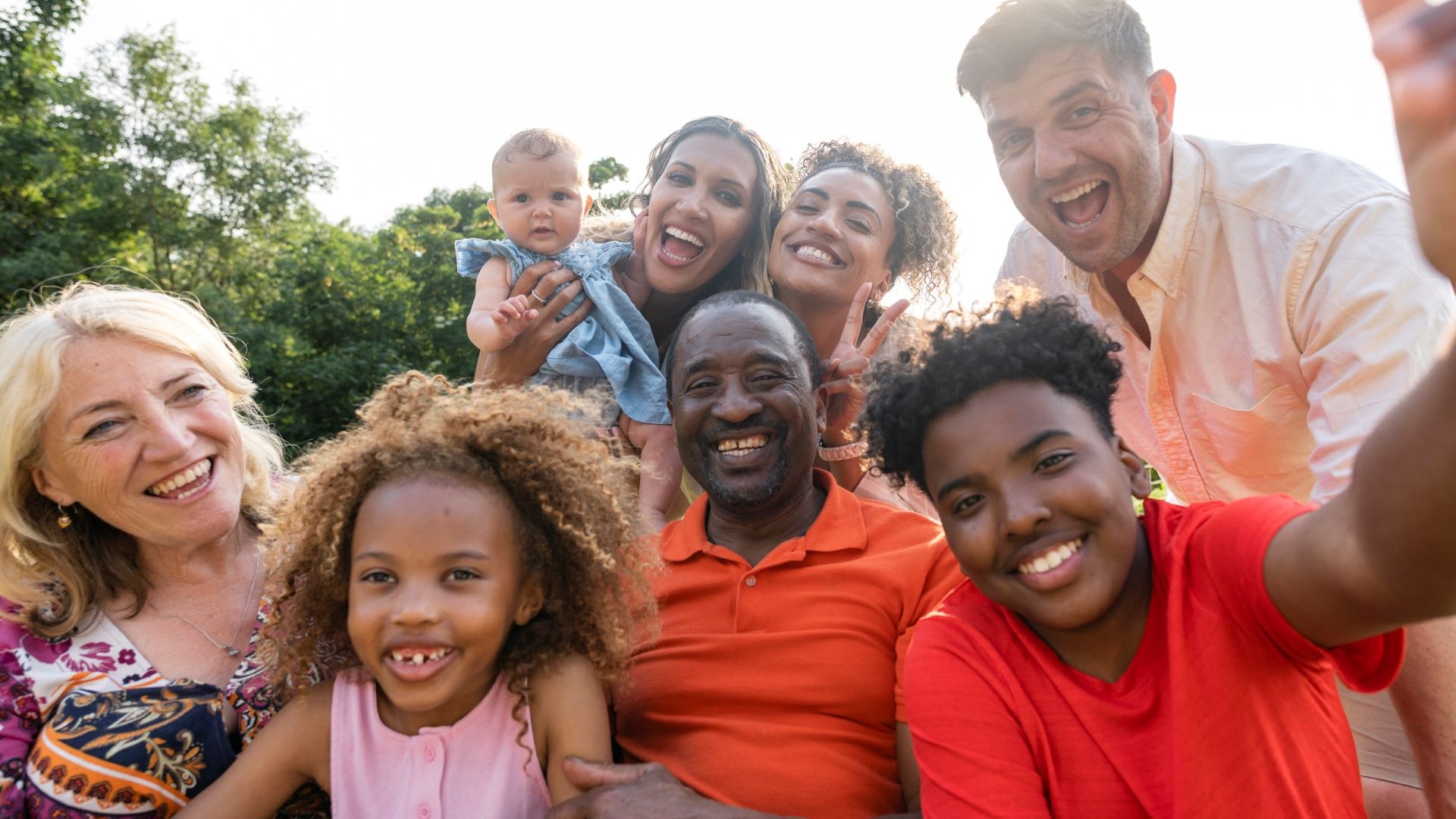 Child development stages: Ages 0-16 years from baby to teenager
Child development stages: Ages 0-16 years from baby to teenagerChild development stages are a must-read guide for any parent
By Joanne Lewsley
-
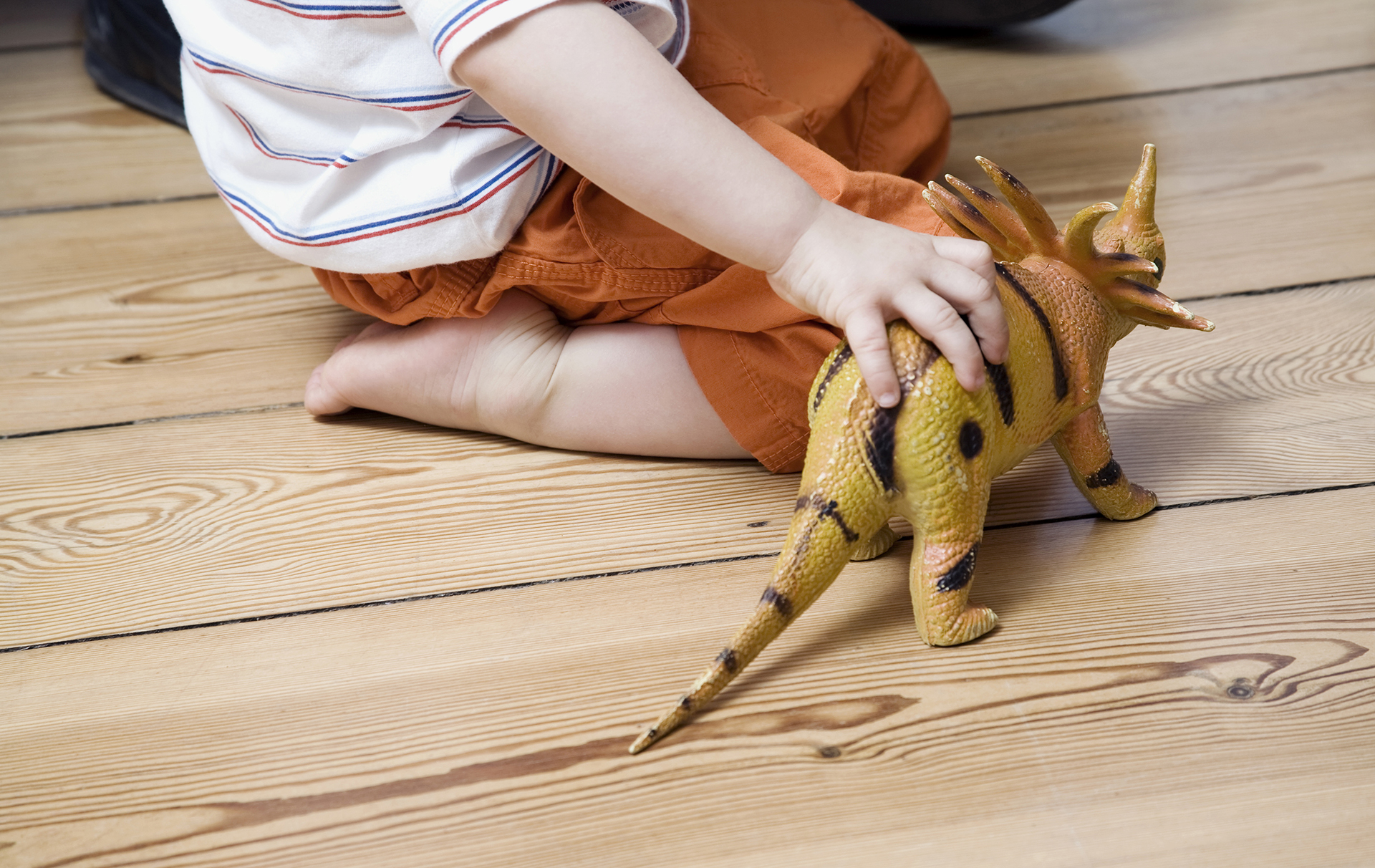 Scientists say your child’s obsession with dinosaurs is a good sign
Scientists say your child’s obsession with dinosaurs is a good signBy Samantha Simmonds
-
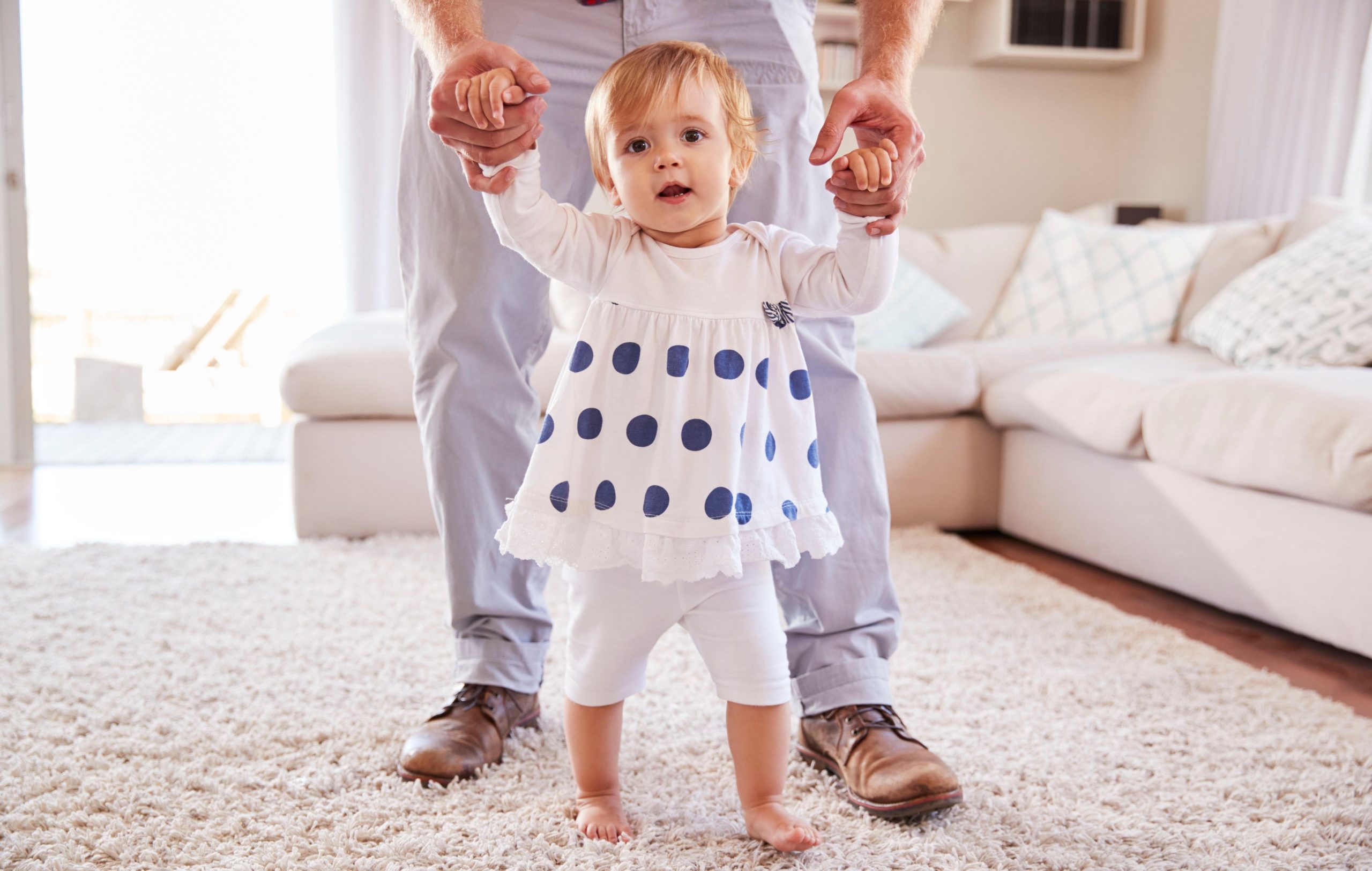 Baby development: Baby milestones for your child's first year
Baby development: Baby milestones for your child's first yearWhat to expect from your child and when
By GoodtoKnow
-
 Puberty in girls and boys: How to help your kids deal with puberty
Puberty in girls and boys: How to help your kids deal with pubertyFind out how to help your child when they hit puberty...
By Katie McPhillimy